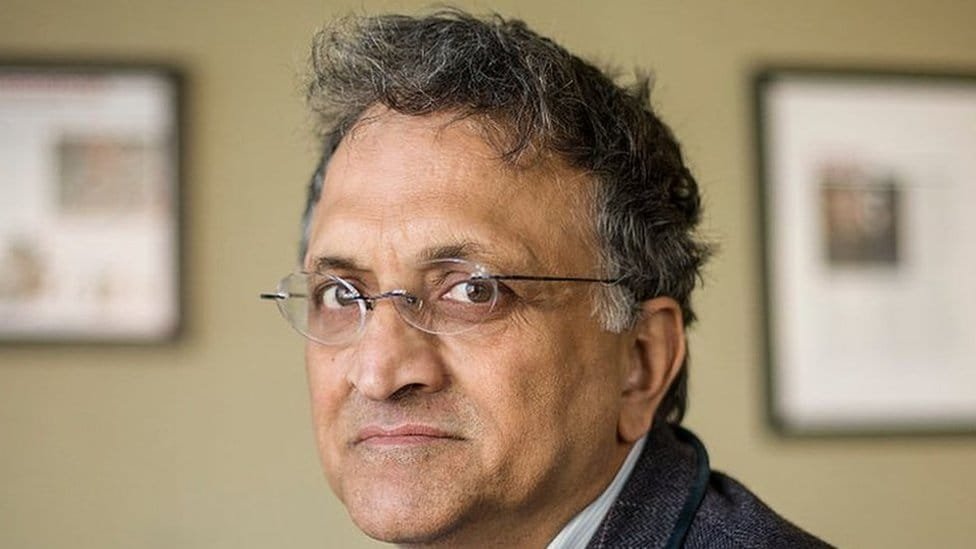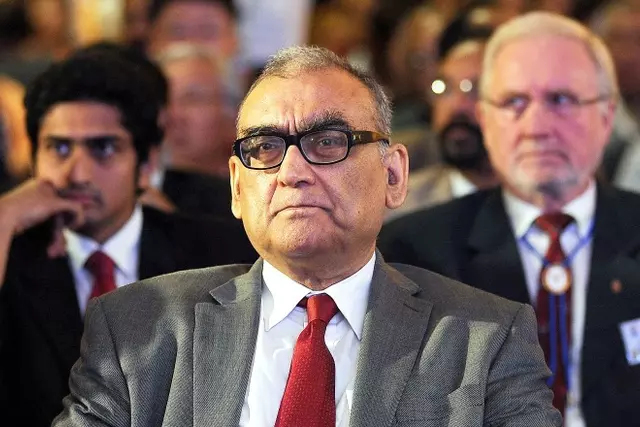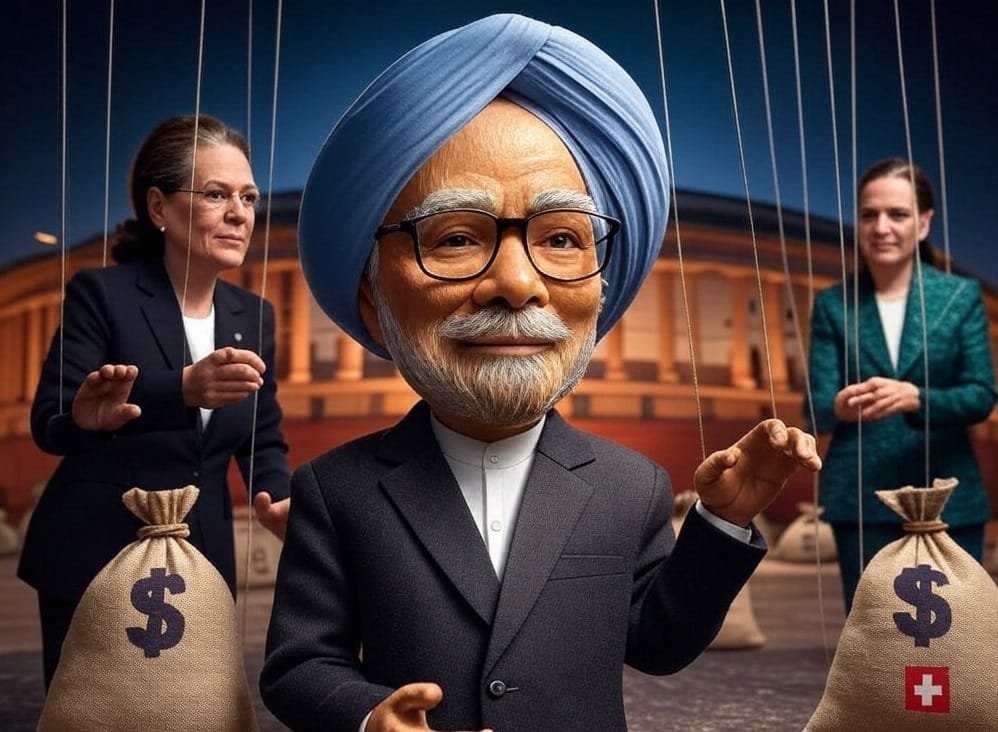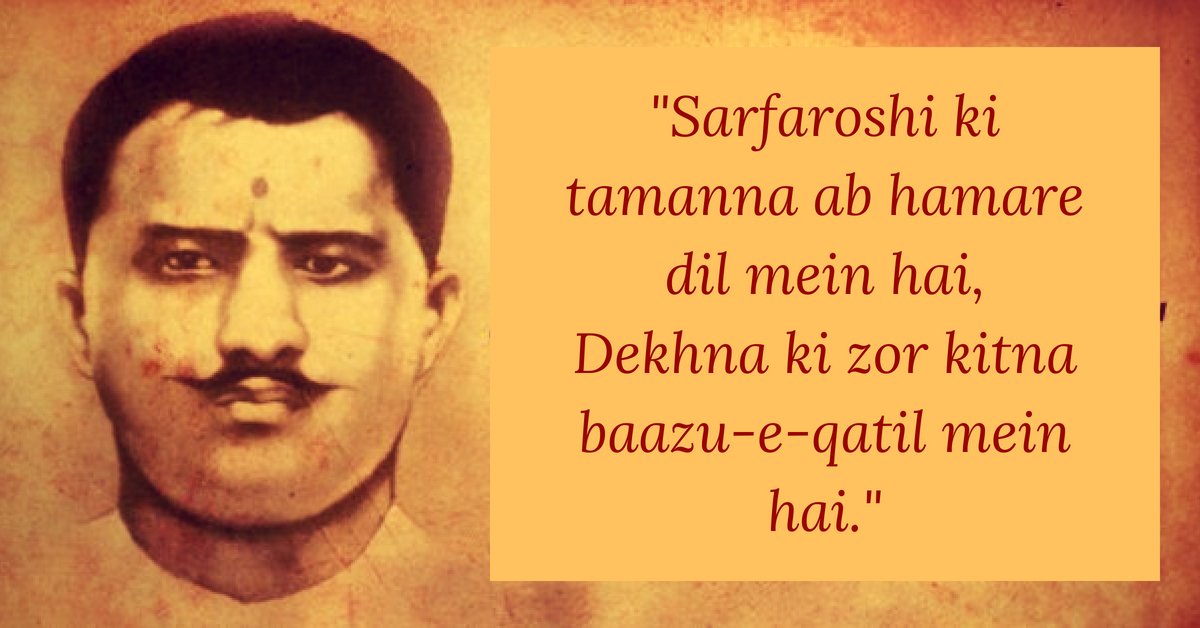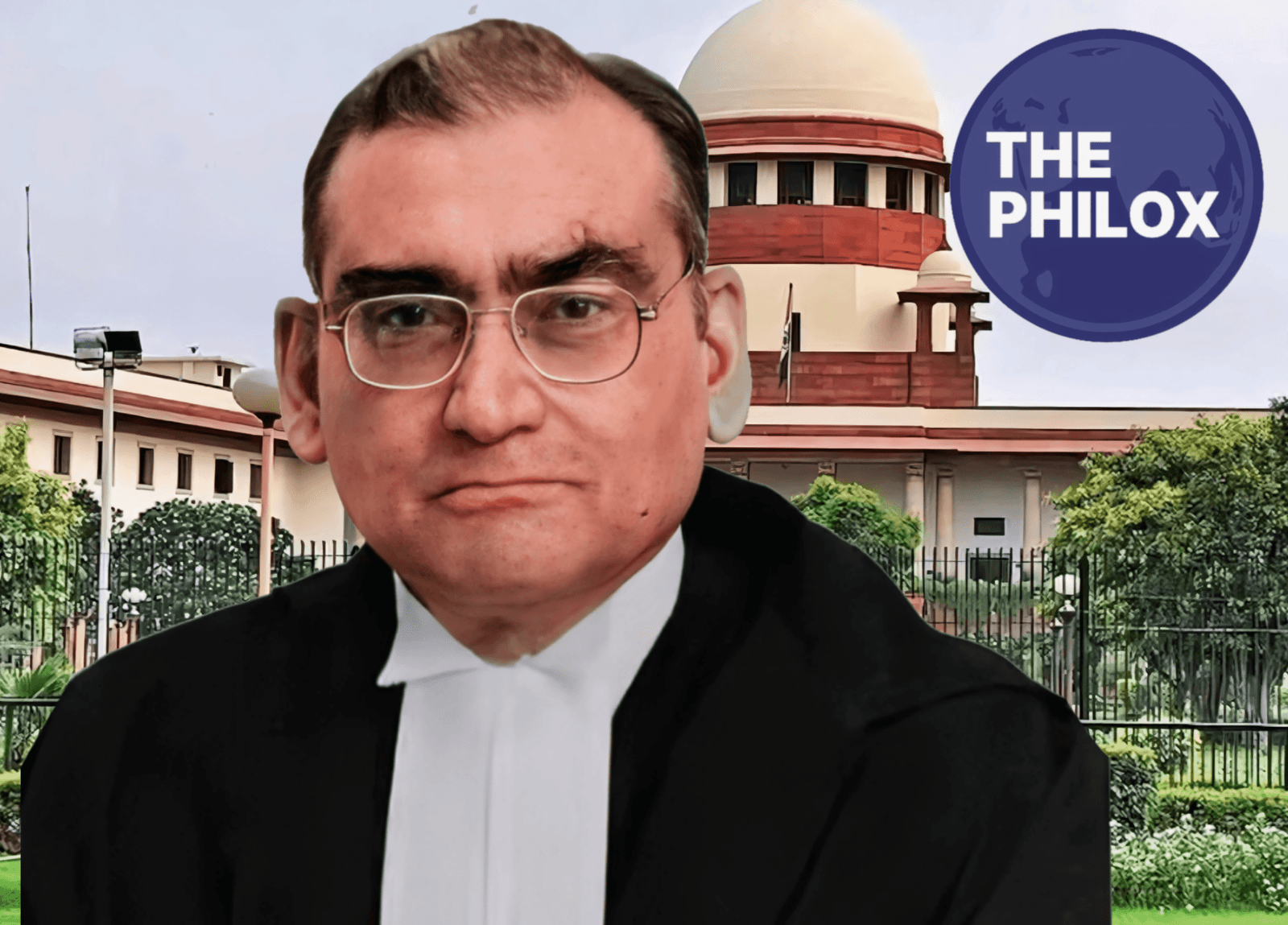I sent this article of mine to the well known historian and writer Ramchandra Guha :
https://indicanews.com/the-superficial-mind-of-ramchandra-guha
Thereafter I sent him this email apologizing for the harsh language I used for him in my article :
” Dear Mr Guha
Please call me on my whatsApp number 91-98211-81334 when you find time.
My apologies for the harsh words I used for you in my article
Justice Katju ”
I received this reply from him :
” Dear Justice Katju,
No need to apologize.
One can only say so much in a short article or interview. In my book India after Gandhi, I have examined in some detail to what extent India lived up to, and to what extent it failed to live up to, its founding values of democracy, pluralism, and economic security.
With best wishes,
Ram ”.
It was indeed very gracious of Mr Guha to have accepted my apology. However, he has again spoken of (1) democracy (2) pluralism, in which term he obviously includes secularism (3) economic security, in which term he obviously includes abolition of unemployment, malnutrition, lack of healthcare, etc.
Let us examine these three by going deeper.
1.Democracy
With due respect to Mr Guha, he seems to have a fetish for democracy, which he treats as a holy cow.
But democracy can never be an end itself, it can only be a means to an end. The end must be raising the standard of living of the people, and giving them decent lives. If democracy serves to fulfil that end it is a good thing, but not otherwise. Indian democracy serves to keeping the people poor and backward. So how can it be called a good thing ?
Everyone knows that Indian democracy runs largely on caste and communal lines. When most of our people go to vote, they do not see the candidate’s merit, whether he is a good man or bad man, educated or uneducated, criminal or not. They do not consider whether poverty, unemployment, malnutrition, price rise etc have increased or decreased.They only see the candidate’s caste and religion ( or the caste and religion his party claims to represent ), and they vote like sheep and cattle as a caste or religious vote bank . No wonder there are so many persons with criminal antecedents in our legislatures.
Casteism and communalism are feudal forces, which must be destroyed if India is to progress, but Indian democracy further entrenches them ( because it runs largely on their basis ). So our democracy, far from doing the people any good, further drives our people backward into the dark middle ages, thus ensuring that we remain poor and backward.
The ‘democracy’ we have largely runs on the basis of caste and communal vote banks, skilfully manipulated by our crooked politicians who polarize society and spread caste and communal hatred and incite violence to get votes, but have no genuine love for the people.
Former US President Abraham Lincoln described democracy as ‘government for the people, by the people, and of the people’. In other words, in a democracy the people are the rulers.
But in India the real rulers are a handful of crooks. So the Indian Constitution serves the purpose of deceiving the Indian people into believing they are the masters, when the truth is that a handful of crooked persons ( some political leaders and some big businessmen ) are the real masters, while the people are their slaves or serfs.
2. Pluralism
I have explained in my article below that our pluralism is because India is largely a country of immigrants, like North America
https://timesofindia.indiatimes.com/india/what-is-india/articleshow/10994212.cms
I also explained this in my interview by Kapil Sibal :
Secularism is implicit in pluralism, and for long Indians had boasted with pride that India was a secular country, as proclaimed in the Indian Constitution, where religious minorities were equal citizens. This contrasted with its neighbour Pakistan, perceived as theocratic, where non-Muslim minorities lived in fear and were often oppressed. However, this facade has now been exposed, and Indian secularism has been revealed as merely a fig leaf.
India was a highly communal country even before the right-wing Hindu nationalist BJP came to power in 2014. The so-called ‘secular’ parties used it as a ploy to garner Muslim votes. The Congress, in power before 2014, was not exempt from this, as Muslims in India were often oppressed and discriminated against, a fact mentioned in the Justice Sachar Committee Report.
This oppression/discrimination against Muslims under Congress rule was subtle, covert, occurring sporadically, and somewhat restrained by the professedly ‘secular’ Congress government (with an eye on the large Muslim vote bank, particularly in North India).
After 2014, however, communalism became overt, aggressive, and continuous. Religious polarization has steeply increased since 2014, as the BJP does not rely on Muslim votes, and seeks to consolidate the votes of Hindus, who are 80% of the Indian population.
As I mentioned in my article on Ramchandra Guha, secularism is a feature of industrial society, not feudal or semi-feudal society. India is still largely semi-feudal, as is evident from the rampant casteism and communalism still prevalent in our country. In India most Hindus are communal, and most Muslims are also communal. So it is wrong to think that communalism in India started from 2014 when the BJP came to power. Even before 2014 India was a highly communal country, and the mere description of it as a secular country in our Constitution did not make it really so. The Constitution is after all only a piece of paper, and writing something in it cannot change the ground realities.
I have said above that secularism is a feature of industrial society, not of feudal or semi feudal society, and until India becomes highly industrialized it will remain communal. Let me explain.
In feudal societies human groupings are small, and are scattered over large distances in rural areas. On the other hand, in industrial societies, human groupings are large, and are concentrated in factories, establishments, educational and other institutions, etc in urban areas.
When people come into close proximity with each other ( in a factory, establishment, etc ) they realize that people of other religions and communities are not the devils which they had been painted to be, but have the same socio-economic problems of exploitation, price rise, lack of nourishing food, proper healthcare, housing, good education etc. This tends to destroy or weaken communalism, as it motivates people to unite ( e.g. in trade unions ) irrespective of differences of religion or community, to face the common socio-economic challenges together.
3. Economic security
The provisions in the Indian Constitution for giving economic security to the Indian people are contained in the chapter titled ‘Directive Principles of State Policy’ but these have been made specifically non enforceable vide Article 37. So economic security in India is a joke and a mere ornamentation
It is only a mighty protracted people’s struggle, in which tremendous sacrifices will have to be made, culminating in a historical people’s revolution, which can give economic security to the Indian masses. This has been explained in detail in the articles below :
